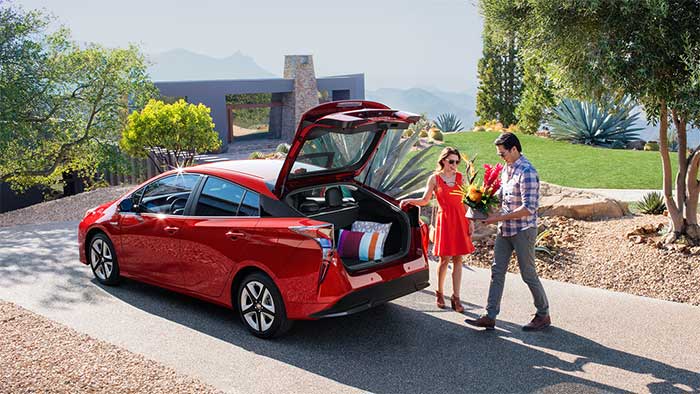Previously, choosing a car was simple. Most decisions were determined by budget, vanity (because who’d pick the cheapest, most fuel-efficient car over an inferior but PINK one?) and immediate availability. Now, however, with cars being engineered to include everything from voice-activated sound systems to in-built SatNavs and parking aids, the decision-making process has become notably harder. Whilst the latest high-tech systems do improve driving experience, there are concerns that these additional details are creating too much distraction for drivers, and therefore making roads more hazardous as a result. Reimer and Mehler’s research suggests that drivers actually invest more cognitive energy when using voice-activated radios than manual, because of problems that arise with voice recognition. Some manufacturers have adapted to this issue by installing touch-screens. The paper indicates that drivers use a quick glance to make a safe selection, then return their full attention to the road. Considering this, technologically advanced Smart cars could prove pretty dangerous for the common driver.
“Are we actually democratising….clipping the highs and bringing the lows up?”
A question asked by Mike Spinelli (Road Testament) which perfectly articulates the concerns of any who drives for pleasure; by using technology to increase usability and driver comfort, are we losing an integral part of the driving skill?
Many of today’s designs have revolved around regulations on pollution-control and safety. Manufacturers are now turning to electronic and hybrid technology, which still in their infant stages- resulting in fuel-efficient, ’cleaner’ cars which compromised on higher price tags and slower, clunkier designs. This has, more positively, encouraged cleverer designs for traditional fuel sources; engineers are constantly aiming towards higher compression ratios, improved F/I throttle response, more linear power curves, and overall fuel efficiency.
On a subtler scale, sportscars are also experiencing problems, such as:
- Weight from safety compliances (airbags, chassis reinforcement, preventative braking, etc.)
- Electric/hybrid power sources
- Manual gears being replaced with more advanced transmissions such as wet-gear automatics and torque converters
- Adjustable suspensions (magnetic/electric) can be temperamental and unreliable
All of which compromises the quality of driving experience, despite making a better (on paper) vehicle.
That said, there are benefits to these ‘threats’;
- safety additions do improve safety exponentially. Improved torsional rigidity creates a better performing car, and your beloved vehicle has an increased likelihood of survival following an impact. Most safety nets can be disabled, for the thrill-seeking purist who wants to risk it.
- EPS are improving constantly. It offers precise, consistent steering, if less natural. Theoretically this should only aggravate the most passionate manual veteran.
- Most premium cars now feature honed “manumatics”. Response times are a fraction of what they used to be and thus carry safety and enjoyability benefits.
- Adjustable suspension can be temperamental! It gives vehicles challenging multi-personalities, which many seasoned drivers enjoy.
In short, the everyday driver will enjoy the efficient, easier and safer designs brought by new technologies. However, the constant development of ingenious tech gadgets is promoting a distracted, overstimulated environment to be driving in, which undermines the safety improvements. Moreover, advanced technologies mean those that buy cars for pleasure rather than necessity can be unsatisfied by this abridged driving. As far as the purist is concerned, the whole experience loses its quality. Much like cheat codes in a video-game, whilst the overall outcome may be achieved faster and with minimal effort, the satisfaction that comes via time-honed skill is lost. This not only invalidates the point of a fast toy, but everyday drivers are being encouraged to become complacent.
The problem is that people demand the most up-to-date thing and want a constant connection via social media. After his research found that people will always find ways to circumvent restrictions, Bruce Mehler proposes that manufacturers need to accept rather than fight this, and use advancing technologies to provide the safest and best cars possible. “The real challenge” he writes*. “is to understand how you can develop interfaces that balance demands, to find optimal routes for people to do these things”, in order to create cars that contain all the benefits of modern technology without losing everything that made old driving pleasurable.













